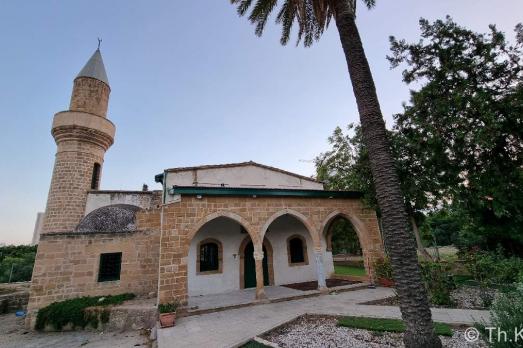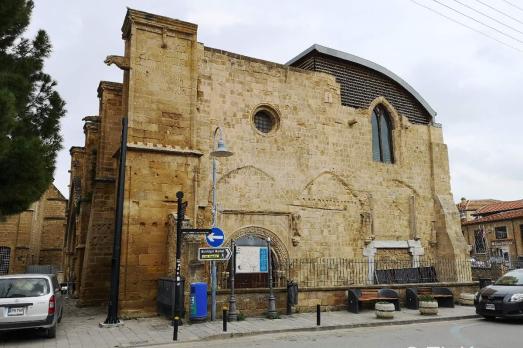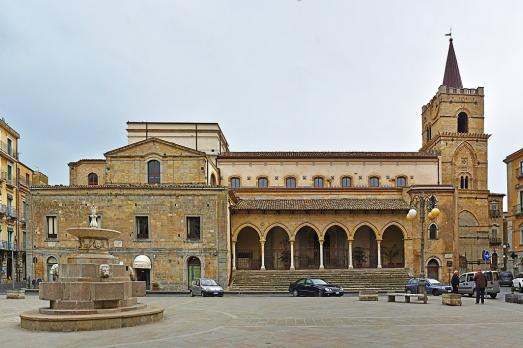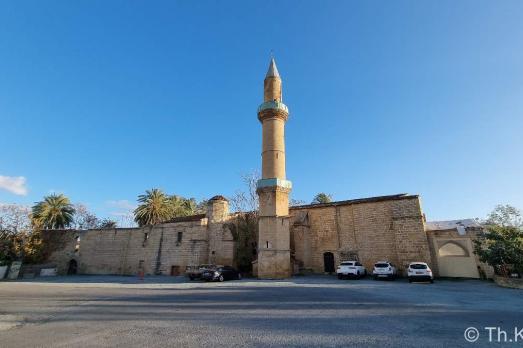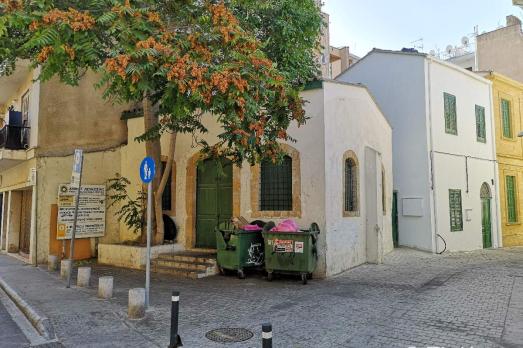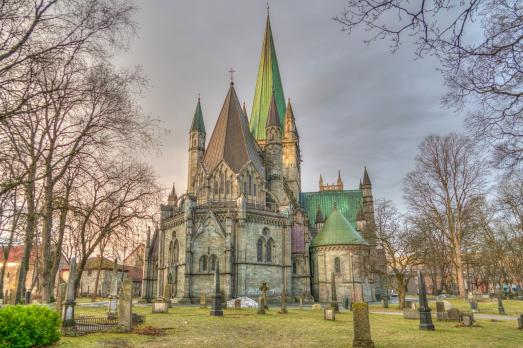
Nicosia Arablar Mosque
Nicosia, CY
The early history of Arablar Mosque, located in close proximity to the Greek Orthodox Phaneromeni Church (in the eponymous quarter), is still obscure. This building was originally erected as a church. Most experts assume that this church was built in the 16th century. It is still not possible to determine exactly which church it was originally.
